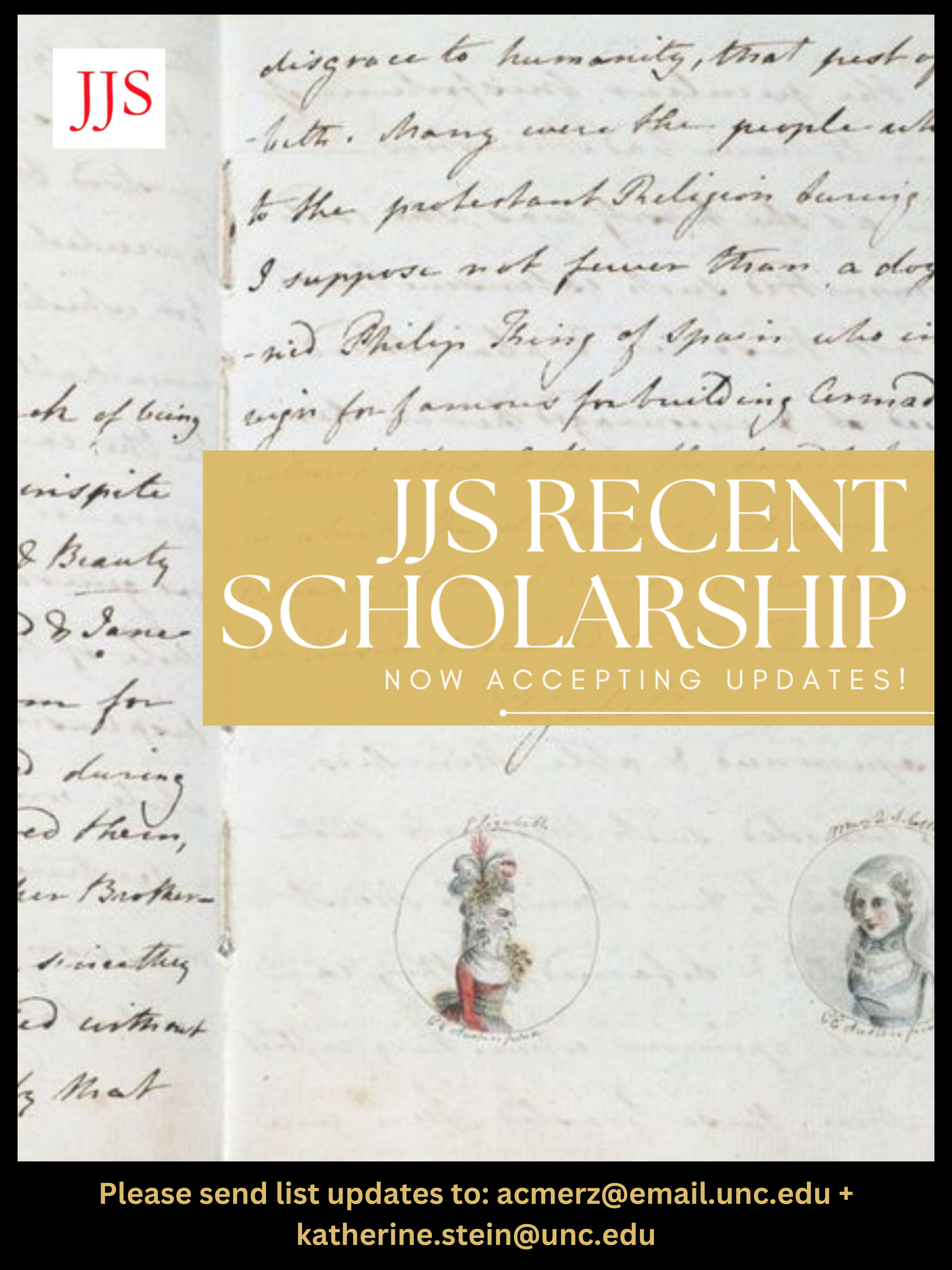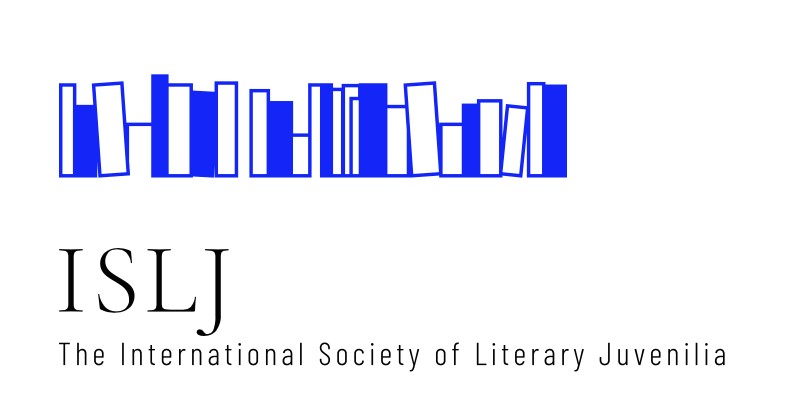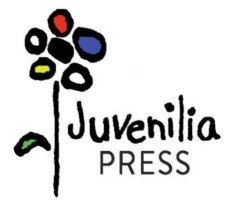Things and Theatricality
James Austen's Quest for Virtuous Drama
DOI:
https://doi.org/10.29173/jjs82Keywords:
history of the theatre, eighteenth-century English drama, juvenilia, Austen studiesAbstract
This essay considers consider four of James Austen’s early prologues and epilogues (written for family theatricals between the ages of seventeen and twenty-two) in terms of his engagement with debates both ancient and early modern over the nature of drama and the place of spectacle. More specifically, these paratexts document his ongoing concern with theorizing the ideal theatre: one in which the things of the stage serve their proper role. The discourse of antitheatricality has long associated theatrical performance with such unvirtuous qualities as artifice, dishonesty, and deception, and in his "Prologue to the Tragedy of Matilda" (1782), Austen associates the concrete objects of the stage with all that should be feared and devalued: pure, ancient theatre has been degraded by such things as the “scene gay painted” and the “canvas Palace” (8, l. 3, 5). In his "Prologue to The Rivals" (1784), by contrast, the things that signify theatrical artifice—the mask, the painted scene—are only metaphorical and thus innocuous. By 1788 Austen comes to see theatrical performance as a sign of English virtue, associated with the Restoration when “Charles, & loyalty & wit returned” (“Prologue to The Wonder,” 1788, l. 40) and reframes the "things" of the stage as objects made sacred by tradition and, specifically by association with the Christmas season.
Downloads
Published
Issue
Section
License
The Creative Commons Attribution-Noncommercial-No Derivatives 4.0 International license applies to all works published by the Journal of Juvenilia Studies and authors retain copyright of their work.
![]()



.jpg)
 Dedicated to the discussion and promotion of literary works by young writers
Dedicated to the discussion and promotion of literary works by young writers

